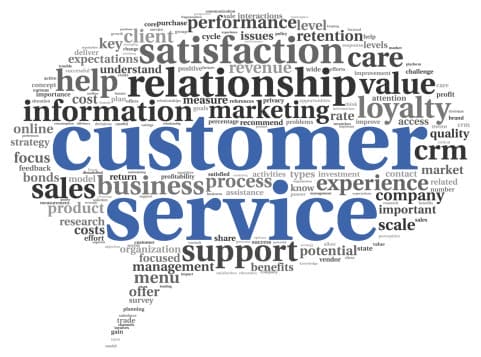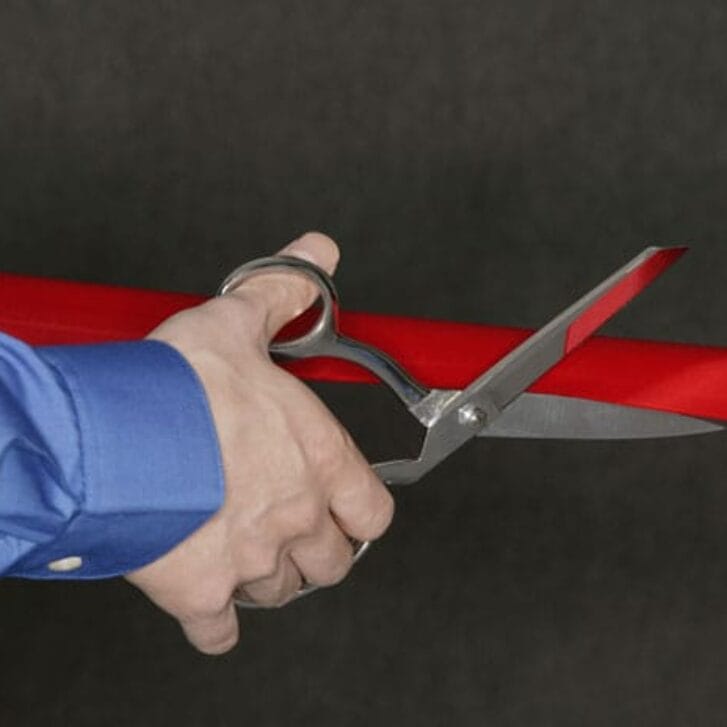When we started Minimus in 2004, we wanted to make sure that we treated customers the way that we’d want to be treated if we had an issue or needed to communicate withour company. We have lived by that ever since.
We were extremely frustrated with the decline of customer service into auto-attendants with convoluted menus, often combined with offshore call centers where a human attendant follows a script like a robot and has no authority to solve problems. Some companies are getting it right, but many are not.
We found that the solution for our type of award-winning customer service is actually quite simple:
- Make it easy for someone to reach a human.
- Give the customer service rep the authority to solve the customer’s problem.
- Go above and beyond, even if it means taking a loss on the order.
To accomplish this, from our beginnings, we put in a phone system that creates a “calling tree.” If the main customer service rep is not available, the call will quickly go through a couple of backup people who are cross-trained in handling customer service issues. We also put in a trouble-ticket system to better track customer-service issues and allow for a manager to also see the tickets via a Web portal. It has built-in live chat and knowledge base features that we have been recently testing.
Our customer service rep has the authority to work with customers and resolve their issues, and they have been trained and guided on the approach to dealing with different situations. We have given them the latitude to take care of customers on the spot without having to check with a manager. After a poor experience early on with one of our first reps (who was flustered by a customer who was himself riled up), we realized that the rep had to be someone who could keep calm day in and day out. The rep had to be someone who could find joy in being able to leave customers happier than when they called in. In our case, we found that person to be someone deeply religious and involved with the church. The rep’s focus on people enabled her to deal with customers the best way possible.
We once had a B2B order where the customer needed the order the next day. The order had been sitting in our warehouse due to miscommunication with the customer. The order was heavy and we faced an enormous FedEx overnight bill. We found the customer was only a couple of hours from us. We hired a courier, at a cost equal to that of the FedEx Ground he had already paid, to deliver the order that day. The customer was ecstatic, feeling that we went above and beyond to rectify the delay.
Our issue resolution methods left customers in better shape than if there had never been a problem at all. They love that we take care of them. They love it so much that they want to go tell their friends, and post their experience on social media. We often joke that we should purposely screw up orders so we can end up with a fantastic word-of-mouth campaign.
Customer service is always evolving and something that we always make sure doesn’t grow stale. Our latest initiative is to enhance the communication between customer service and marketing to ensure that we adapt our marketing—including website usability, merchandising and messaging—to the needs and desires of the customer.


























